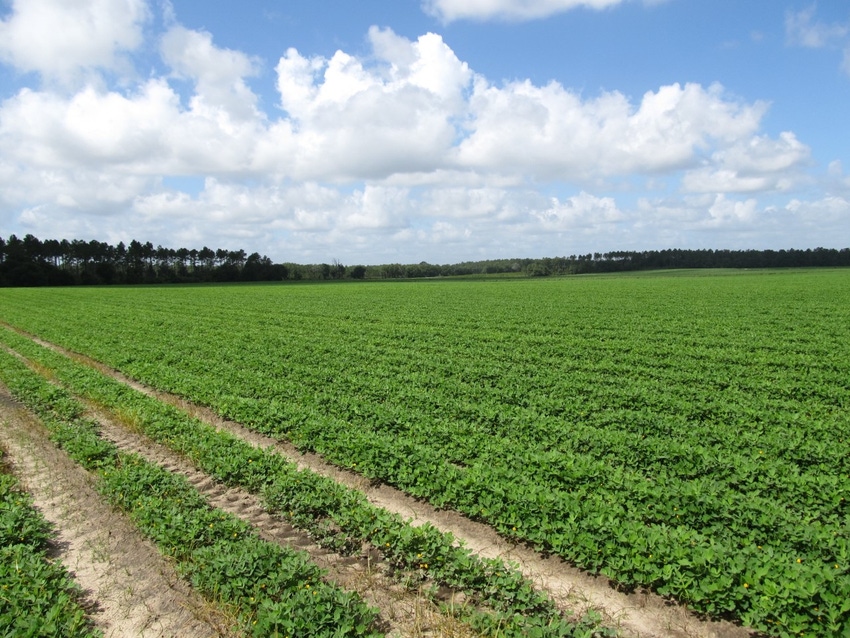August 2, 2016

I did an informal survey of weed control performance in Georgia peanut fields July 8 along a bucolic route, traveling from Attapulgus to Tifton via Climax, Vada, Hopeful, Bridgeboro and Anderson City.
On this drive, there were approximately 67 peanut fields I observed. Of these fields, only 10 fields, or 15 percent, had what I considered to be a weed problem. If I am doing my math right, this means growers in this area would receive an overall weed control grade of 85 percent. Not bad, especially given the typical problems peanut growers have with herbicide-resistance, wind, weather, and etc. and etc.
Over the next few weeks, I will be visiting east Georgia and will conduct a similar survey. I am sure that many dryland peanut fields throughout the state may be in a worse condition.
Peanuts planted in late-April or early-May are approaching the 90 DAP time frame. At this time of the year, weed control options are very limited. I hope you are not forced into making an additional weed control decision. If you must, here a few things to consider:
Weed management tactics implemented this late in the game will generally not improve peanut yield. However, they will improve harvest efficiency, reduce weed seed rain, and help you reclaim some of your mojo back at the coffee shop!
2,4-DB is a safe and inexpensive herbicide that can be applied up to 30 to 45 days before peanut harvest (depending upon the label) to help suppress weeds such as sicklepod, cocklebur, and annual morningglory.
Grass herbicides such as Fusilade, Poast, and Select can be used to minimize late-season grass pressure and all have 40 day pre-harvest intervals.
Classic can be used from 60 days after peanut emergence until 45 days before peanut harvest for the control of small (10” or less) Florida beggarweed plants. Florida beggarweed plants recovering from a previous treatment of Cadre may be less susceptible to Classic. Keep in mind though that Classic has reduced the yields of GA-06G by 7 to 11% under weed-free conditions. But, populations of Florida beggarweed that are great enough to impede digging and/or fungicide applications may override any potential Classic/peanut yield loss issues.
Gramoxone can be used in a non-selective applicator to control larger weeds such as Palmer amaranth, Florida beggarweed, and sicklepod. Check out page 214 of the 2016 UGA Pest Control Handbook for more detailed info about this strategy.
Aim or ET can be applied 7 days before peanut harvest to help desiccate annual morningglory vines (but not smallflower).
Mowing can also be used to help minimize harvest problems caused by huge Palmer amaranth plants or other tall weed species. Over the years, I have found flail mowers (vertical) to be better than rotary mowers. Rotary mowers tend to leave weed debris on one side of the tractor which can impede the digging process. Removal of 1-2” of peanut top growth with a mower just prior to digging should not cause any major problems.
Hand-weeding, although expensive and a pain in the tail, is also a very effective weed management tool. Since 2004, hand-weeding has helped keep Georgia growers out of some of the herbicide-resistance messes that have plagued growers in other regions of the U.S.
I have never considered myself to be a great judge of potential crop productivity, but the 2016 peanut crop looks very good to me at this point. I have been pleased to see many clean peanut fields. Much can happen over the next 40 to 50 days, though, so it is important to stay on top of your game.
As always, good weed hunting!
You May Also Like




